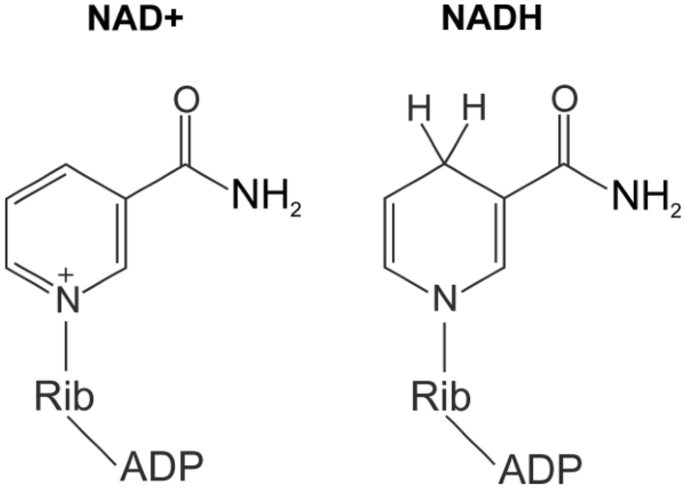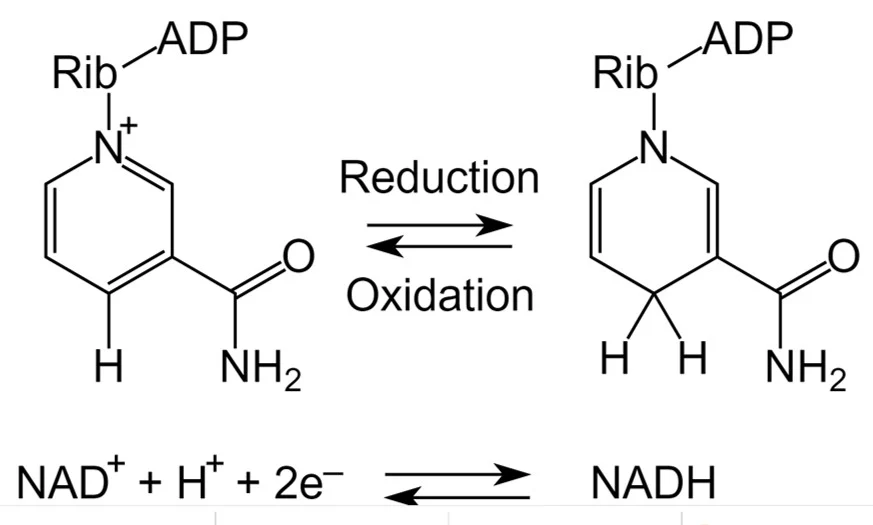BIOL 005A - Cellular Respiration and Redox
1/7
Earn XP
Description and Tags
UCR Spring 2025
Name | Mastery | Learn | Test | Matching | Spaced |
|---|
No study sessions yet.
8 Terms
What are the inputs and outputs of glycolysis?
Inputs: Glucose, 2 ATP, 2 NAD+, 2 ADP
Outputs: Pyruvate, 2 NADH, 4 ATP (2 net)
(this is all for one pyruvate but there's actually 2 total pyruvates produced from glycolysis)
What are the inputs and outputs of pyruvate oxidation/Acetyl-CoA formation?
Inputs: pyruvate, CoA, NAD+
Outputs: Acetyl-CoA, NADH, CO2
(per one pyruvate, there will be 2 total from glycolysis)
What are the inputs and outputs of the Citric Acid Cycle?
Inputs: Acetyl-CoA, 3 NAD+, 1 FAD+, 1 ADP + 1 Pi (phosphate group)
Outputs: 3 NADH, 2 CO2, 1 FADH2, 1 ATP
(per one Acetyl-CoA, there will be 2 total from pyruvate oxidation)
What are the inputs and outputs of the Electron Transport Chain?
Inputs: NADH, FADH2, O2
Outputs: NAD+, FAD, H2O, H+ gradient
What are the inputs and outputs of oxidation phosphorylation?
Inputs: H+ gradient, ADP
Outputs: ATP
What is the difference between oxidation and reduction? What are the acronyms to help remember.
LEO - Losing Electrons Oxidation
GER - Gaining Electrons Reduction
OIL - Oxidating is Losing
RIG - Reduction is Gaining

Between the two, which is oxidized and which is reduced? Why?
NAD+ is oxidized because it loses an electron through N+ (think LEO). NADH is reduced because it gains an electron through N (think GER)

At the beginning of the payoff phase, what is fructose converted to?
Two 3C molecules which both eventually both become G3P (Glyceraldehyde 3-phoshpate)